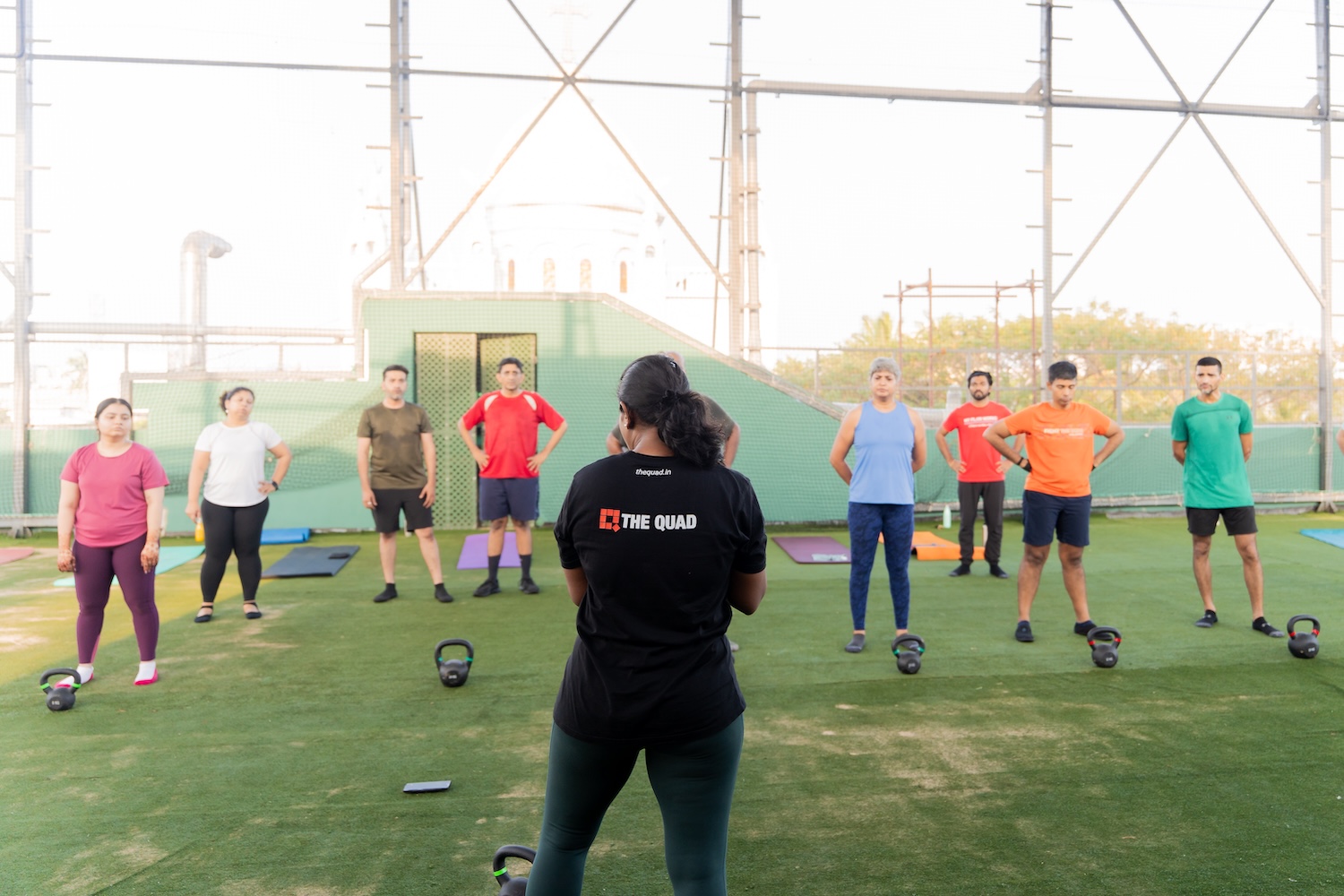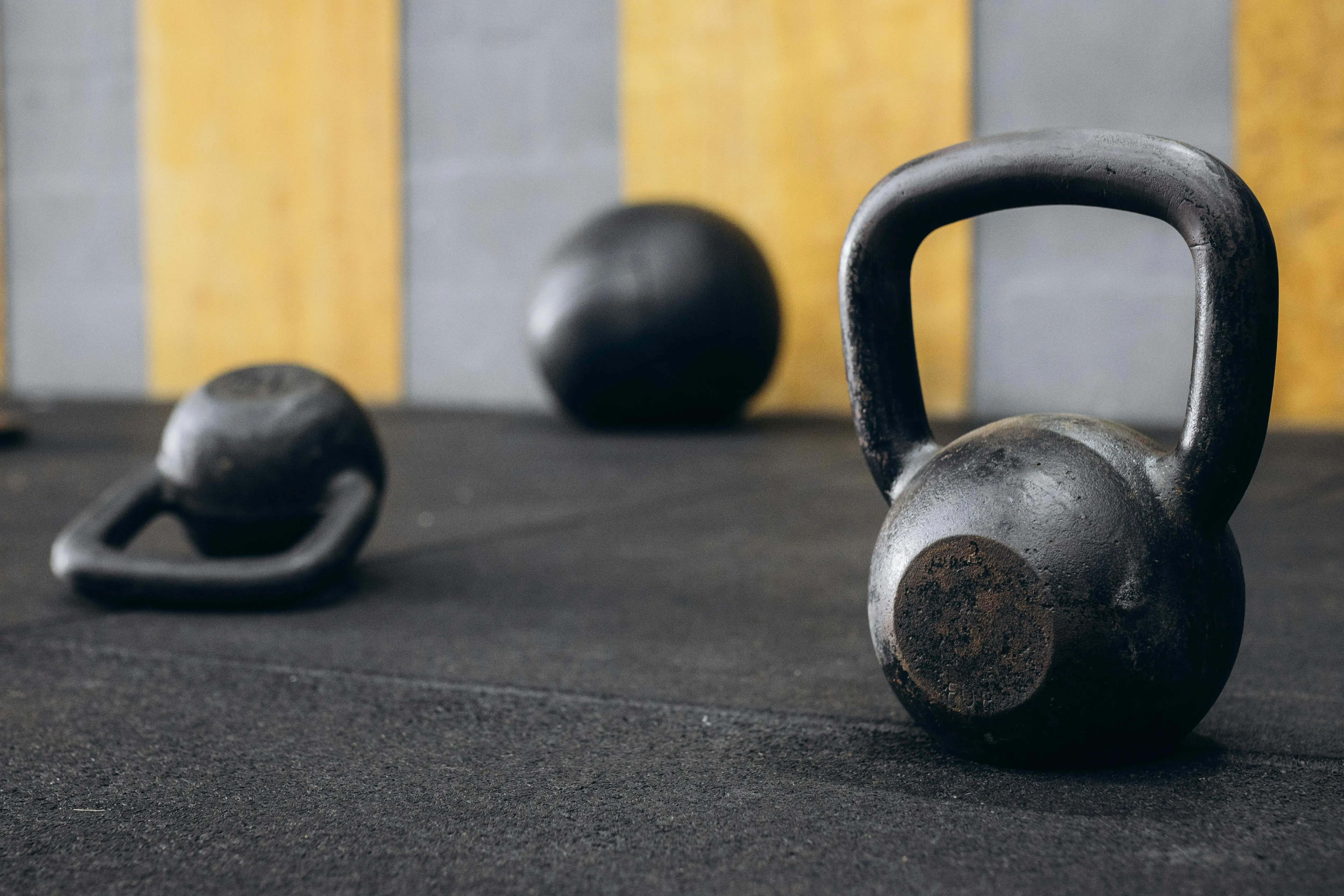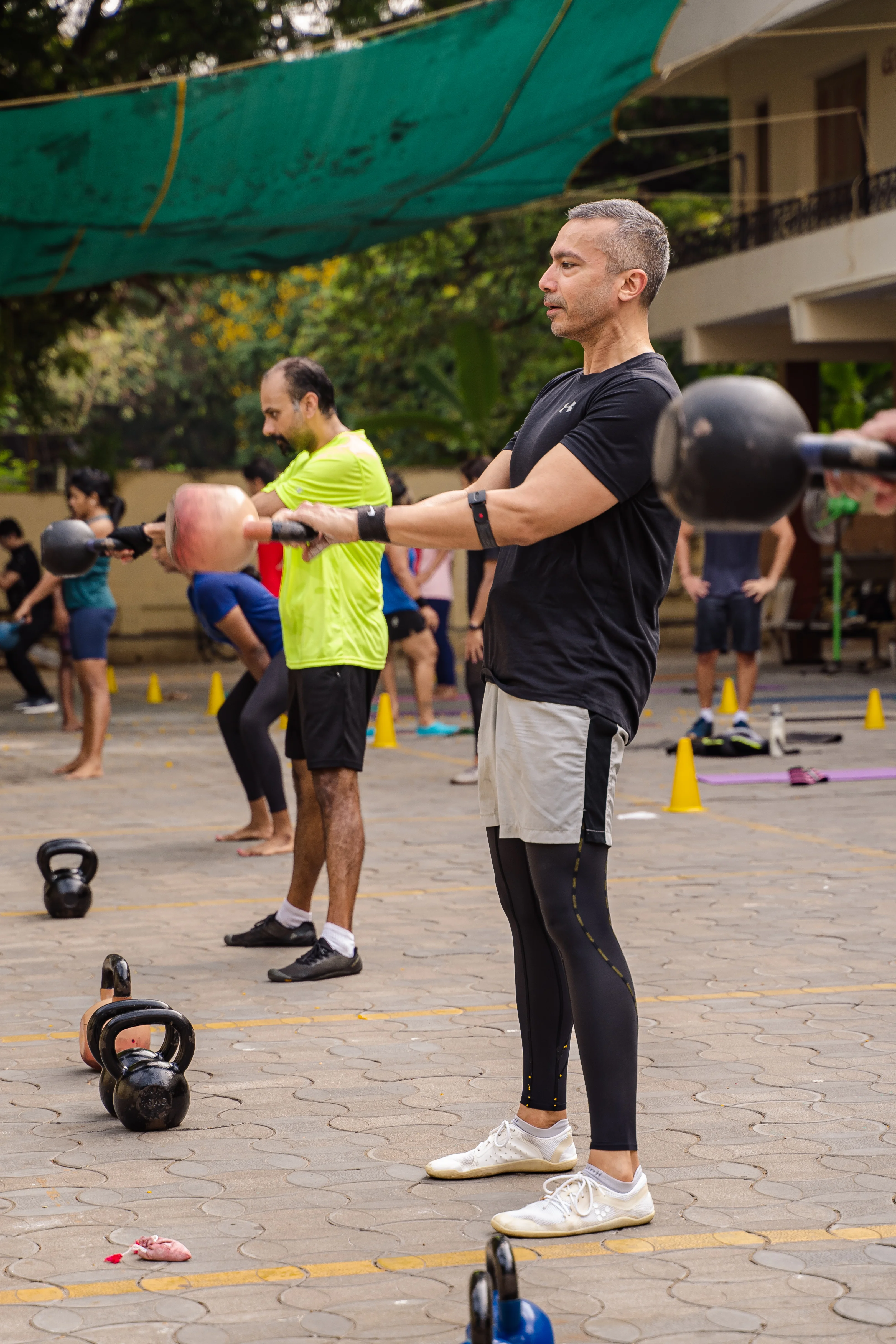How to Get back to exercise mode after a long-ish break
Feb 5, 2024 ∙ 15 mins read

Breaks from training are inevitable for most of us. In an ideal world, our life would be predictable, week after week we would be able to punch in our time at the gym and even hit a few PR's along the way!
Unfortunately, no one is that lucky! An injury while playing with friends/kids, fractured sleep leading to messed up sleep patterns, work trips, holidays - we all have these. One skipped class leads to a whole week off and before you know it, you can't remember the last time you showed your face. Your short break has become a long hiatus. The gym WhatsApp group shows cheerful banter of smashing PRs and attendance badges and you feel too embarrassed so you just make your temporary break permanent.
Sound familiar?
If you have been in one or are currently on such a break, firstly let me say, it is okay. It happens to the best of us and is no reflection of who you are. So nix that endless self-berating already.
What you actually need following such breaks is simply to cut yourself some slack and read this post on how you get back to training.
Expect it to be hard(er)

This might sound obvious but a lot of trainees make the mistake of underestimating how much hard work a typical training session is and how much taxes the body and its systems.
Going back after an extended break means taking small steps. You cannot undo all the slack in one day. That's how you run a risk of injury. A great way instead is to accept things will be hard for a while, as your current fitness level must be much less than what it was before, and move accordingly.
Expect every action to feel harder than you remember it. And this will naturally urge one to start light without any expectations of performing at any particular level.
Start with the basics
Movement doesn't happen in a vacuum; it happens in patterns. The more complicated a pattern, the more practice the needs before performing that pattern at a high speed or under a load. It is what we call greasing the groove. Just doing the same movement pattern, on a regular basis is the best way to establish a strong foundation.
So start with basic movements which are simple patterns that the body can execute without much neuromuscular demands.
Squat, plank, hinge, pushup, deadlift, presses, rows, hang, walking, and running are simple movement patterns with effective results. Start with these and work on them for a couple of weeks. Let your body get used to working hard but during simple movement patterns. This will enable the body to work hard without the risk of making errors that could translate to injuries. This means keeping the intense workouts for later.
Coming back after a break means there has been a break in your patterning too. Depending on the length of your break, your range of motion might be compromised too. So start small, start slow. As you keep repeating this, your natural muscle memory will kick in and the progress will become quicker.
Use thy core

The core is everything when it comes to using your body to perform challenging tasks like exercise. Without an active core, any exercise or activity can easily go from being useful to dangerous.
More often than not, breaks from training usually end up with our core taking the biggest hit. Why? Most breaks from training might mean many many hours of sitting and bad posture! So how your core some extra love and make sure you take the time to (re)train the core before you do anything heavy or intense.
Let's not forget proper form, though!
Keep frequency high and intensity low
Since your body is not yet ready to do anything intense right away, it is important to keep the intensity on the lower end. This will protect against overloading.
But when intensity is low, the frequency can be high to maintain the balance. Why is that? Low-intensity workouts might not be enough to produce progress and that’s why the frequency of training needs to be high.
In other words, switch up your exercise routine to do simple work but do it more times. Within a few weeks of doing this, your body will have gained back enough momentum to ramp up your training intensity.
Have a goal-based approach
When we have taken a long break from training, we tend to lose focus on why we are doing what we are doing. Unfocussed training will also result in us losing interest and giving up entirely.
That’s why it is important to work towards something. A good goal when coming back after a few months of no training is simply to get back to previous levels of fitness.
Go back to your workout program or talk to your coach and determine what your performance metrics were before you took the break. This could be strength or endurance-based numbers depending on the nature of the training you do. But just make sure there is a clear goal you are working towards. This, along with the above 4 steps will get you on track to your fit and strong self safely and quickly.
One cool tip Coach Soundarya gave me when I went back after a long break was to first not entertain thoughts of pressing my previous best of 24 kilos. Instead, she urged me to work 2-3 levels below and just focus on improving one move to the previous levels. Rather than expecting to hit the previous highs on squats, swings, rows, and presses in 12 weeks, choosing to focus on just one to work on is a much less strenuous way of getting back into the swing of things.
Don't forget rest days
Pacing oneself is vital; even more so when coming back after a break. Short break or long hiatus, forgetting to take the pedal off the intensity will sooner or later end up in us landing on injury row.
As any coach or physical therapist worth his salt will tell you, resting is when the actual work happens. So don't ignore the rest days. Do something low-intensity, like taking long slow walks on those days instead.
As we say around these parts, movement is life, movement is for life. So just keep that daily exercise habit going; your mental health and physical health will thank you. Even if you don't have time for weight training, remember a little exercise goes a long way. A brisk walk, a bike ride, or a long run on a Sunday, with some mobility exercises and dynamic stretching thrown in is all you need to keep that blood pumping.
Just remember to get the okay from your healthcare provider or primary care physician before beginning a new exercise program, especially after a break. If you are unsure how to do this on your own, never fear. We are right here to guide you.
Check out The Quad fitness programs – The Quad @ Chennai, QuadVirtual & Nutrition Coaching






